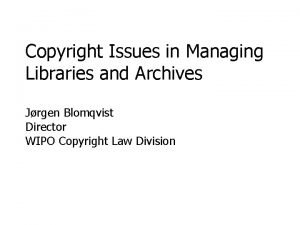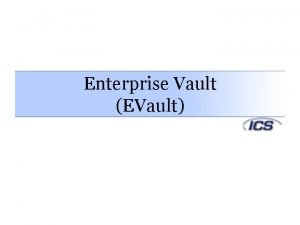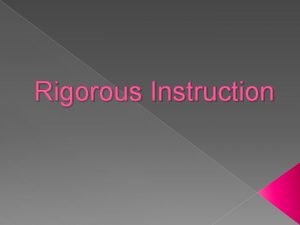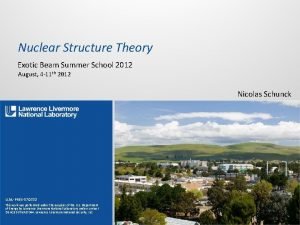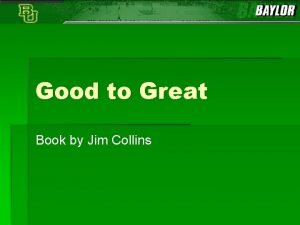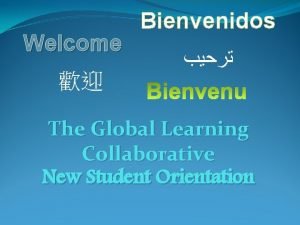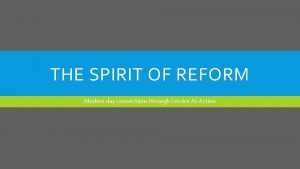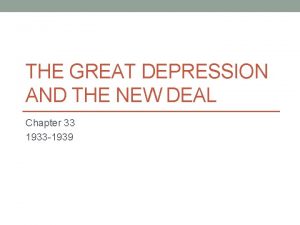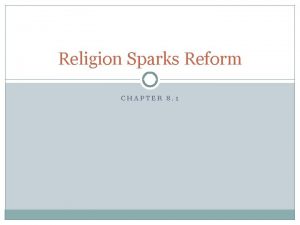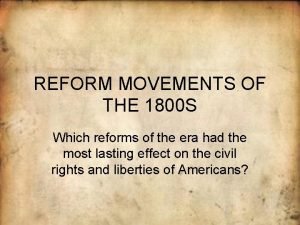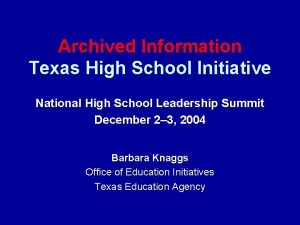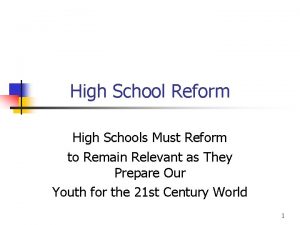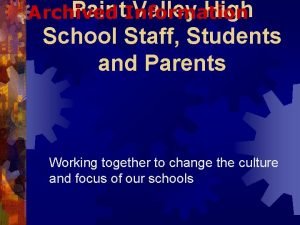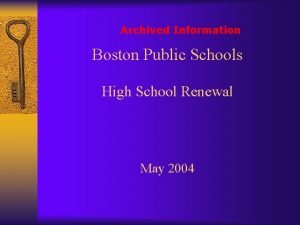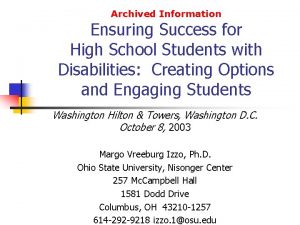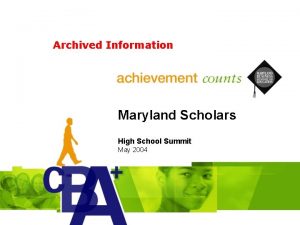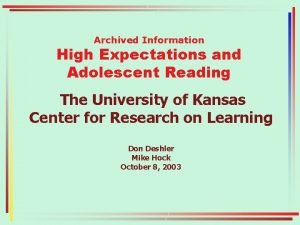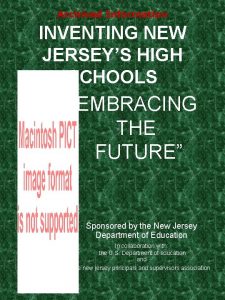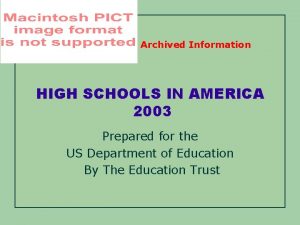Archived Information High School Reform Learning From Rigorous














- Slides: 14

Archived Information High School Reform: Learning From Rigorous Research Prepared for the U. S. Department of Education High School Initiative Regional High School Summit St. Louis, Missouri – April 23 -24 Contact: Janet Quint at janet. quint@mdrc. org

How Research Can Help You n It can clarify the problem and help you focus on key points to intervene. n It can identify promising approaches to address the problems you face. n It can help you figure out whether what you’re doing is making a difference. n In this presentation, – Zero in on a key point for intervention- 9 th grade – Discuss some program design principles emerging from existing research

Transitions From 9 th Grade to 12 th Grade In Four Large Urban School Districts 9 th-Grade Students in Comprehensive High Schools, 1999 9 th Grade Entrants 10 th Grade Year Status Promoted On Time 56 Three Years Later Promoted on Time 36 Retained in Grade 7 Summary After Three Years Promoted On Time 36 Dropped Out 13 All 9 th Grade Students Retained in Grade 12 Retained in Grade 100 24 Dropped Out 12 19 Dropped Out 20 20 45

Ninth Grade: A Critical Transition Point Therefore: n High school reforms should address the problems of ninth-graders. n Successful completion of ninth grade is an early marker of a reform’s success.

Research Insights on What to Do n Some kinds of research offer more convincing findings about program effectiveness than others – Highlight the current discussion on standards of evidence n Examples of “gold standard” studies and their lessons n Insights on design principles from other research

The “Gold Standard”: Experimental Studies Using Random Assignment n Provide the most solid evidence about whether an intervention caused the outcomes observed n Are feasible when there are more students/schools that need or want the intervention than can be served n Require close coordination between evaluators and district/school administrators

The Career Academies Concept n Schools within schools -- small groups of students and teachers who remain together n Organized around a career-related theme, with students taking both academic and career-, oriented classes n Employer partnerships

The Career Academies Evaluation n Involved 9 schools n 1, 764 students randomly assigned to program and control groups n Follow-up for eight years

Career Academies’ Effects on Students In-School Experiences Those in the program group n Reported more support from teachers n Participated in more vocational classes but didn’t reduce their academic course load n Got more work experience

Career Academies’ Effects on Educational and Labor Market Outcomes n Higher post-high school earnings for young men, especially those at high risk of dropping out n No impacts on high school graduation n No effects on college enrollment n BUT rates for controls were already high.

Other Random Assignment Studies: Upward Bound and Career Beginnings n Reduced dropout rates/increased college enrollment among low-income students n Offered program enrollees academic counseling, tutoring in high school subjects, enrichment activities

“Silver-Standard Studies” n Expeditionary Learning, High Schools That Work, Talent Development High School n Rigorous curriculum requirements n Professional development to strengthen instruction n Expeditionary Learning: project-based n HSTW: college prep + vocational courses, workplace learning n TD: “Success Academy” for 9 th Graders, Career Academies for grades 10 -12

Small Schools n Important for enabling, facilitating other changes: more personalization, more challenging instruction, more accountability, a safer environment

What’s Important – A Summary n Strong student-teacher ties n Special attention to the needs of ninth-graders n Demanding curricula and high teacher expectations n Tutoring and other opportunities for students who are n n behind to catch up Individual counseling around academic as well as personal matters High-quality work-based learning Professional development to support teachers’ efforts to deliver rigorous, engaging instruction MORE RESEARCH!
 Moe archived dmca
Moe archived dmca Evaulting
Evaulting What is rigorous
What is rigorous Rigorous testing in software testing
Rigorous testing in software testing Rigorous method
Rigorous method Rigorous not ruthless
Rigorous not ruthless Cherry hill school district+sfra
Cherry hill school district+sfra Cuadro comparativo e-learning m-learning b-learning
Cuadro comparativo e-learning m-learning b-learning The global learning collaborative
The global learning collaborative Crescenta valley high school summer school
Crescenta valley high school summer school Assignment in spanish
Assignment in spanish The spirit of reform lesson 1
The spirit of reform lesson 1 Was the tva a relief recovery reform
Was the tva a relief recovery reform Religion sparks reform chapter 8
Religion sparks reform chapter 8 When was the education reform movement
When was the education reform movement
